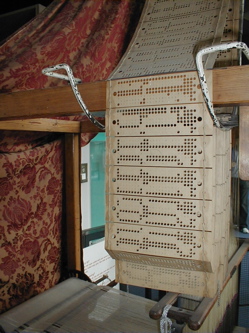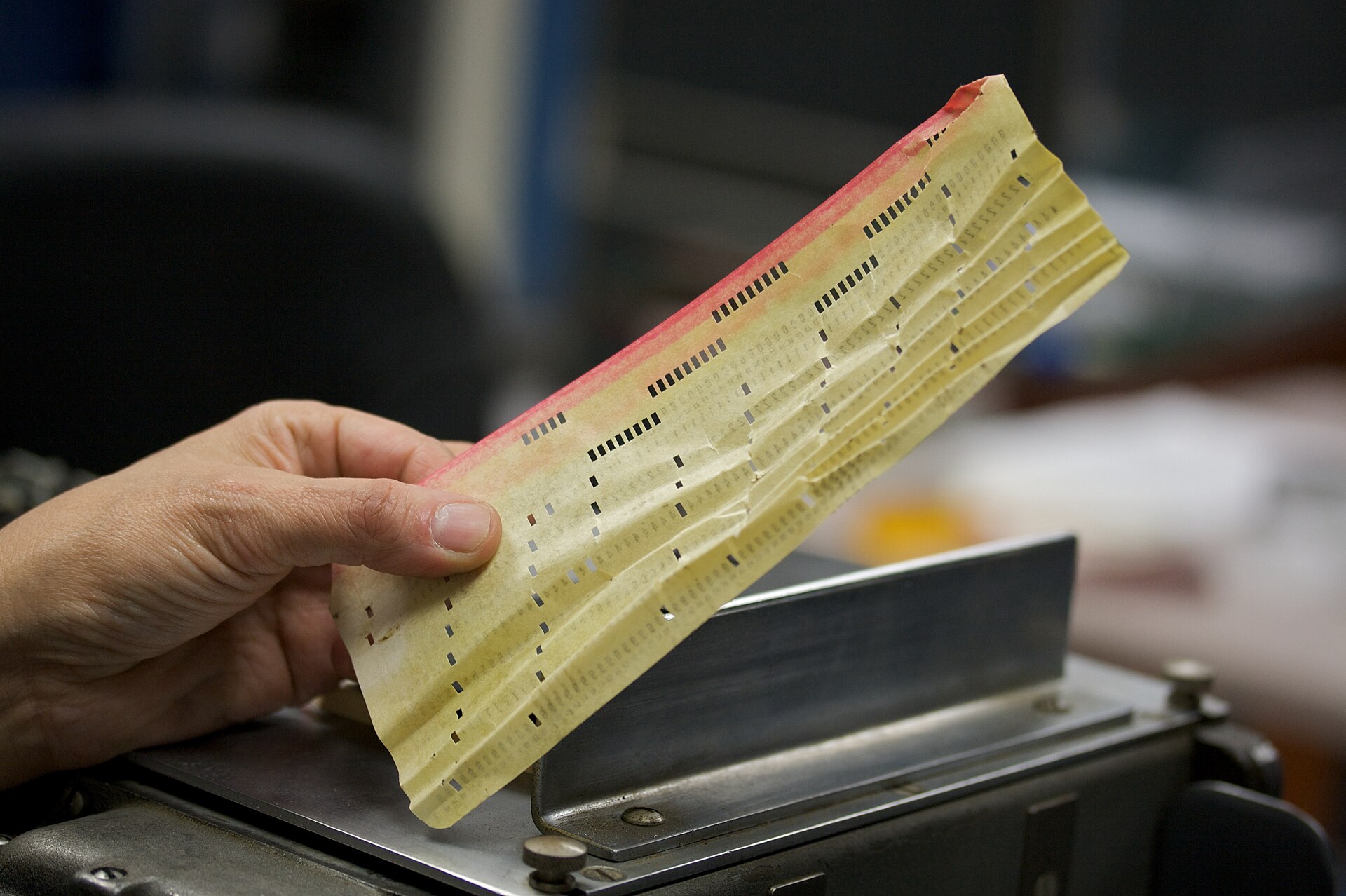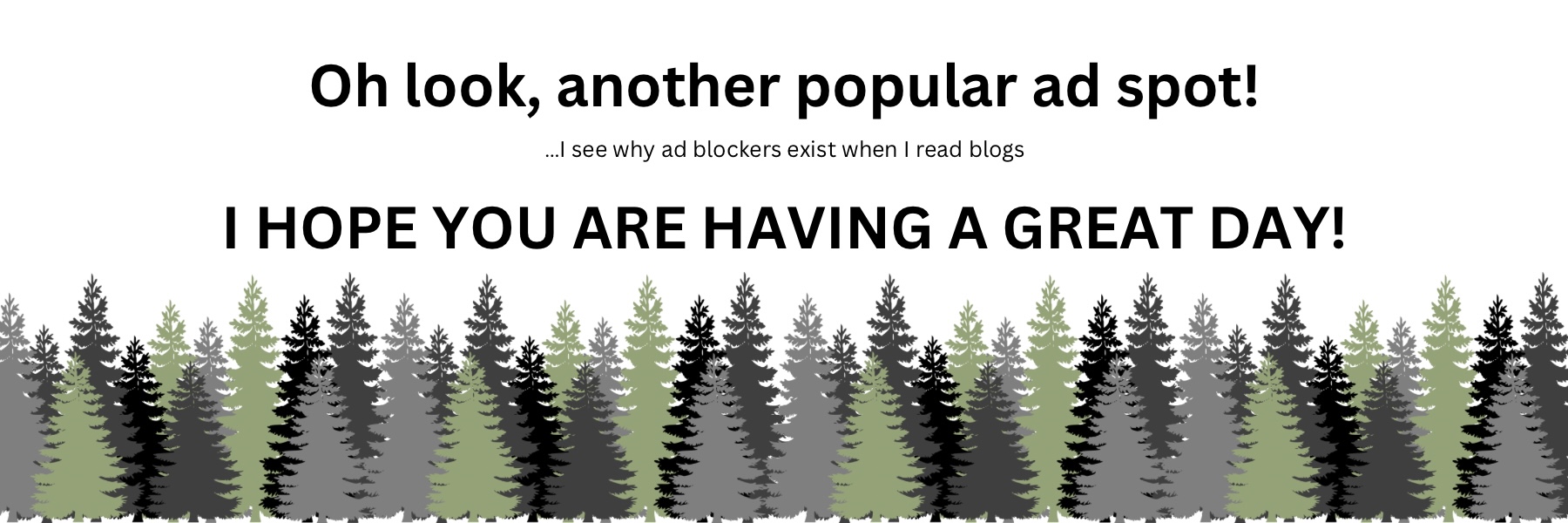

Porn Supporting New Technology
Despite the controversies surrounding porn, various technology started or became affordable thanks to people purchasing it for porn. In fact, I wonder if the types of technology listed below would have developed as fast without the support of porn.
Here are a few pieces of technology that the porn industry impacted:
- VHS prices were driven down because VHS allowed porn to be displayed, unlike it's competitor Betamax. You may think this sounds crazy, but keep in mind half the videotapes sold in the USA contained pornographic material.
- The DVD vs. Blu-ray battle somewhat mirrored VHS and Betamax's, but other factors like Warner Bros. making an exclusive deal with Blu-ray swayed the battle.
- Electronic Card Systems became the first way to pay online, and it was created for and used by… you guessed it: porn sites.
You may be thinking I'm missing something that feels it should originate from the porn industry: webcams. Surprisingly though, Cambridge set up the first webcam to check if the coffee pot was empty without getting up. I guess the coffee addiction prevailed porn for this one.

The Control Given to AI

Should a car hit a baby or elderly person?
After playing
Absurd Trolley Problems, we learnt
researchers use comparable questions to see how companies should train self-driving cars.
The most fascinating part, in my opinion, is that the
culture of the country may impact what the car decides. For example, individualistic cultures
such as Canada would rather hit the elderly and let the baby live.
AI can also control what we see online. Moderation by algorithms on social media can filter out
inappropriate content, but these algorithms do not understand the nuance of related content not
always being inappropriate. Research suggest this occurred with #gay on Tumblr, because #gay was
a tag commonly included in pornographic or hateful content (Gillespie, 2018).
It is further complicated when creators don't know what is allowed because social media platforms,
like YouTube, do not inform users of what the algorithms filter out. Then, creators rely on
algorithmic gossip: stories of other's experiences with the algorithms
(Dergacheva and Katzenbach, 2023).

Well With All These Issues, is Hiding the Algorithms Good?
There may be some background to why AI algorithms sound so hush-hush, and it may be by design.
Something computer scientists learn early on in their degree is abstraction and
encapsulation—hide how it works so the users focuses on what it does.
These pillars make code more secure, maintainable, and user-friendly. For example,
consider mortgage application screening. This tool narrows the applicant pool, but the people at
the bank don't need to know how it works—just that it's selected the best candidates.
Like other AI issues mentioned, focusing on the what and not the how has downsides. In the
example of mortgage application screening,
80% of Black mortgage applicants in the US were denied a loan, likely because the
algorithm was not exposed to a diverse set of data.
Even worse, hiding these algorithms can allow platforms to sneak in other features, like
TikTok tracking who watches LGBTQ+ content.
I believe companies should inform users of the factors that algorithms consider when making
decisions and what data these algorithms are trained on. This way, these issues are avoided while
still hiding the bulk of the algorithm.

Conclusion
These bits of history and ethics are only a touch of what I learnt in the first half of my
Social Media and Content Creation course, that I hope to keep in mind as I continue my CS degree.
Likewise, I hope to inspire you to learn more about the history and ethics of the technology you
use. Asking why is not just an annoying question from a child; it can give vital insight into why
technology is the way it is today, and where it should go tomorrow.
References
Agarwal, N. (n.d.). Absurd Trolley Problems. NEAL.FUN. https://neal.fun/absurd-trolley-problems/
Barnes, B. (2008). Warner Back Blu-ray, Tilting DVD Battle. The New York Times. https://www.nytimes.com/2008/01/05/technology/05disc.html
Billson, C. (2023). TikTok kept list of users who watched LGBTQ+ content, former employees say. PinkNews. https://www.thepinknews.com/2023/05/08/tiktok-lgbtq/
CultureBanks Team (2022). Here's Why A.I. Bias Caused 80% Of Black Mortgage Applicants To Be Denied. Nasdaq. https://www.nasdaq.com/articles/heres-why-a.i.-bias-caused-80-of-black-mortgage-applicants-to-be-denied
Danilevich, O. (2020). Two Men Looking at a Laptop [Photograph]. Pexels. https://www.pexels.com/photo/two-men-looking-at-a-laptop-4974920/
Dergacheva, D., & Katzenbach, C. (2023). “We Learn Through Mistakes”: Perspectives of Social Media Creators on Copyright Moderation in the European Union. Social Media + Society 9(4), pp. 1-11. https://doi.org/10.1177/20563051231220329
Gillespie, T. (2018). To remove or to filter. In Custodians of the Internet: Platforms, Content Moderation, and the Hidden Decisions That Shape Social Media, (pp. 173-196). New Haven, CT: Yale University Press. https://doi.org/10.12987/9780300235029
Glass, J. (2014). 8 Ways Porn Influenced Technology. Thrillist. https://www.thrillist.com/vice/how-porn-influenced-technology-8-ways-porn-influenced-tech-supercompressor-com
Hao, K. (2018). Should a self-driving car kill the baby or the grandma? Depends on where you're from. MIT Technology Review. https://www.technologyreview.com/2018/10/24/139313/a-global-ethics-study-aims-to-help-ai-solve-the-self-driving-trolley-problem/
Kesby, R. (2012). How the world's first webcam made a coffee pot famous. BBC. https://www.bbc.com/news/technology-20439301
Parks, C. (2024). NASA's West Area Computers. National Geographic. https://education.nationalgeographic.org/resource/nasas-west-area-computers/
Parr, K. (2020). The Four Pillars of Object-Oriented Programming. freeCodeCamp. https://www.freecodecamp.org/news/four-pillars-of-object-oriented-programming/
Poell, T., Nieborg, D., & Duffy B. E. (2022). Labour. In Platforms and Cultural Production, (pp. 109-132). Cambridge, UK: Polity Press.
Reinhold, A. (2011). Punched card damaged by a card jam. Taken at the Computer History Museum's IBM 1401 restoration project [Photograph]. Wikipedia. https://en.wikipedia.org/wiki/Computer_programming_in_the_punched_card_era#/media/File:DamagedPunchedCard.jpg
Science+Industry Museum (2019). Programming Patterns: The Story of the Jacquard Loom. https://www.scienceandindustrymuseum.org.uk/objects-and-stories/jacquard-loom
Stafford-Fraser, Q. (1995). A picture of the Trojan Room coffee pot, displayed in the XCoffee viewer [Photograph]. Wikipedia. https://en.wikipedia.org/wiki/Trojan_Room_coffee_pot#/media/File:Trojan_Room_coffee_pot_xcoffee.png
Stone. B. (2008). An E-Commerce Empire, From Puppies to Porn. The New York Times. https://www.nytimes.com/2008/05/18/technology/18gordo.html
The Editors of Encyclopaedia Britannica (2023). Ada Lovelace. Britannica. https://www.britannica.com/biography/Ada-Lovelace
Wikipedia, (2024). Guido van Rossum. https://en.m.wikipedia.org/wiki/Guido_van_Rossum
Williams, G. H. (2004). Close-up view of the punch cards used by Jacquard loom on display at the Museum of Science and Industry in Manchester, England [Photograph]. Wikipedia. https://en.wikipedia.org/wiki/Jacquard_machine#/media/File:Jacquard.loom.cards.jpg

